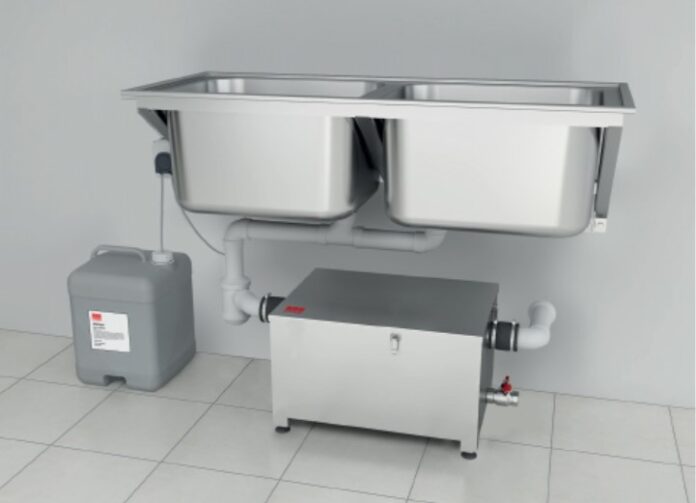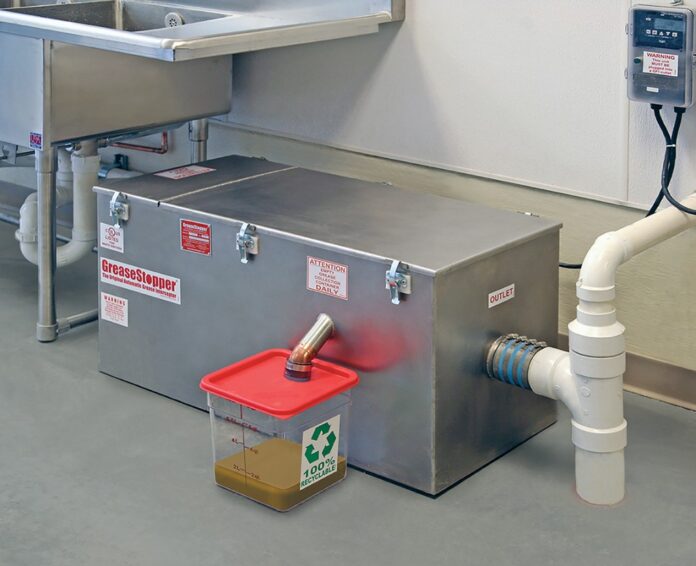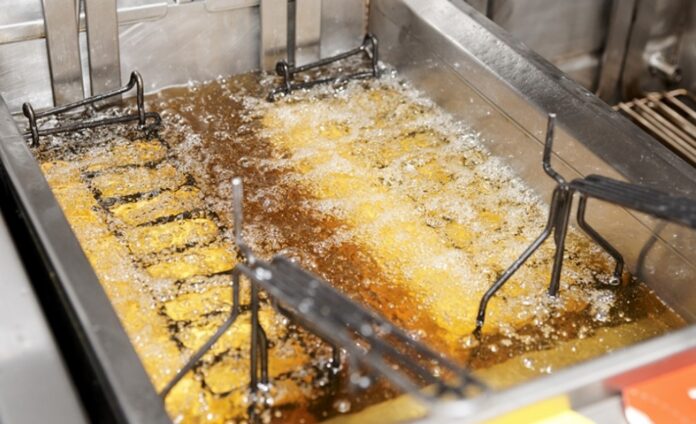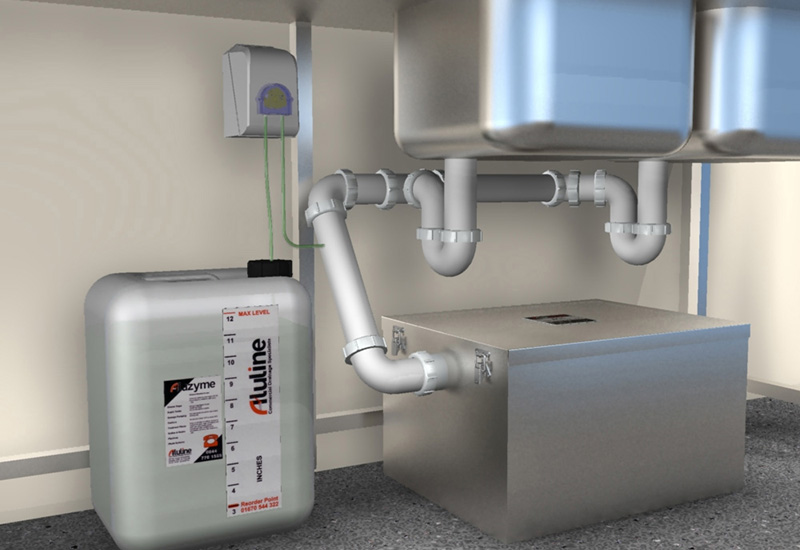Grease, fats, and oils, the big three of drain clogging, should never be emptied into the sink. Any plumber you ask will recommend throwing grease and oils in the trash as they irreparably damage your drains, and you will eventually have to get your pipes professionally cleaned or repaired.
If you are at home, you can easily choose to dump it in the trash and wipe your pans first before washing them in the sink. But not everyone has that privilege. Bigger establishments that deal with cooking need to dispose of the fats, oil, and grease, or FOG as they are commonly called, so it does not impact efficiency.
The restaurants or hotels cannot collect grease from each time they are cooking to dump it later. It will cause wastage of precious time and would be impractical if we consider the storage factors. This is where grease traps and interceptors come in.
What are Grease Traps?

Grease traps are commercially used devices to accumulate grease and fats so that they do not clog the drains and the pipes. Grease traps are specialized devices designed to collect all the oils and fats, so they do not mix with the cleaning water and cause pollution or scum later on in water treatment facilities. The contraption in a grease trap allows the water to pass through while trapping the grease and fats behind.
What are Interceptors?

Interceptors are larger versions of grease traps and function in much the same way. Interceptors work better on a larger scale and are thus attached to the main drainage system rather than to individual sinks, which are the expertise of grease traps. The main difference is the size, and thus these terms are often mixed up. Plano Grease Trap Services provides specialized solutions to the FOG problem.
How Do They Work?

The main idea behind their work involves using temperature to cause the separation forth liquids based on the densities. Once the water reaches the interceptors, it is made to cool, which allows the water to stay down while oils and fats move to the top.
Water flows on while the grease is trapped. PDI-certified products are better chosen as compared to non-certified traps. In smaller contraptions, the cooling time is longer to remove water from grease effectively. Air is often mixed with water for proper separation.
The fats are kept upwards, where they solidify in a compartment. On larger interceptors, the time is as much a factor as gravity is. The water retention is higher, so gravity is used to separate the fluids.
The Takeaway
Grease and oils can become a big issue if not dealt with properly. Even interceptors and grease traps need to be cleaned periodically so that their function is not impacted. The sizing also matters because interceptors will work well with a higher water flow, while smaller traps are made for individual sinks. So, rather than irresponsible drainage, opt for grease traps to help yourself with future drainage problems.







